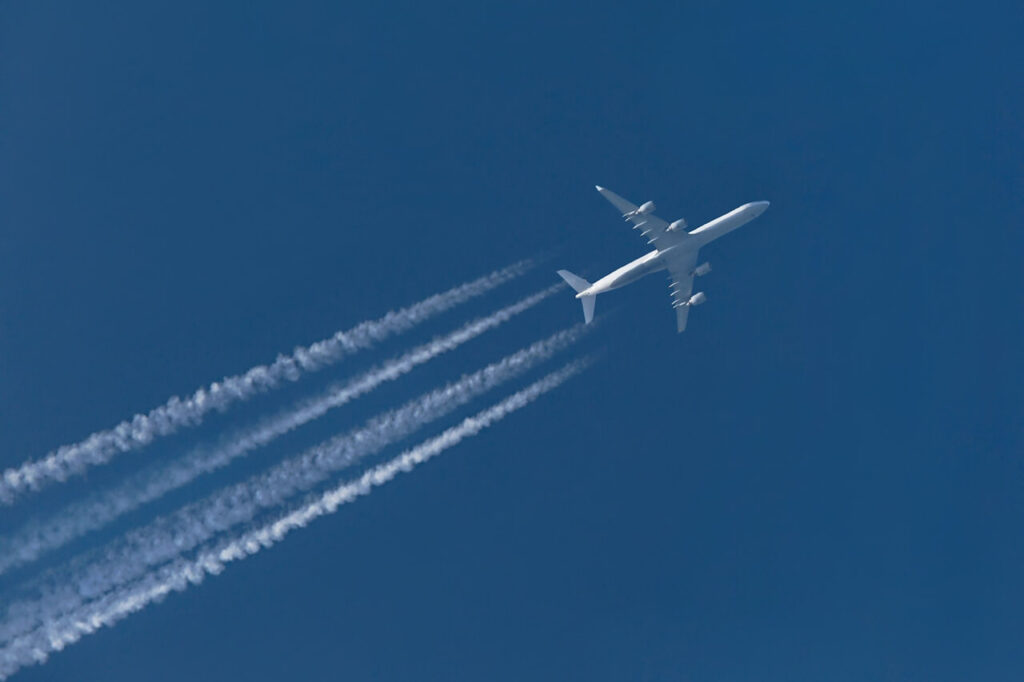In an effort to meet the Biden administration’s net-zero emissions goal by 2050, The Federal Aviation Administration (FAA) has proposed a fuel efficiency rule for large commercial aircraft flying in US airspace.
The proposed rule, which was announced by the FAA on June 15, 2022, would require more fuel efficiency for new subsonic jet aircraft and large turboprop and propeller aircraft that are not yet certified and for new planes manufactured after January 1, 2028.
We want your feedback on our proposed rule to lower greenhouse gas emissions from large aircraft in our nation’s airspace. This move brings us closer to our goal of reaching net-zero emissions from U.S. aviation by 2050. Submit comments by Aug. 15 at https://t.co/6scy3tzQdH. pic.twitter.com/7YjHIqsquj
— The FAA (@FAANews) June 15, 2022
Under the proposal, certain aircraft manufacturers would be required to certify their aircraft for fuel efficiency in the US. The FAA said in its proposal that certification requirements would implement the emissions standards adopted by the US Environmental Protection Agency.
Some of the commercial aircraft that will be required to meet the proposed standards include:
-
The upcoming Boeing 777-X
-
Future versions of the Boeing Dreamliner 787
-
The Airbus 330neo
-
Business jets such as the Cessna Citation
-
Turboprop airplanes such as the ATR 72
-
Viking Limited Q400
The FAA said that the proposed rule does not apply to aircraft already in service.
Civil aircraft such as these were responsible for 10% of domestic transportation emissions and 3% of total U.S. greenhouse gas emissions prior to the pandemic, the FAA said in its statement.
The FAA’s proposed rule is open for public comments until August 15, 2022.
“Today is an important step forward in reducing the amount of greenhouse gas emissions released by our nation’s airplanes and ultimately reaching President Biden’s ambitious goal of net-zero emissions by 2050,” US transportation secretary Pete Buttigieg said in a statement.
The rule proposal is part of the 2021 US Aviation Climate Action Plan which aims to achieve net-zero greenhouse gas emissions from the US aviation sector by 2050.

